HERban Innovation: For a More Gender-Balanced City

From left to right: Awkwafina, Billy Porter, and Amy Poehler (Getty Images)
You might have already forgotten the name of the Best Picture for this year's Academy Awards, but you may still have a fresh memory of these looks at the annual gala of the motion-picture industry. The gender-norm-defying message is clear. What is also clear is that gender balance is not just about women; it is also about men. For this issue, however, we decide to focus on women empowerment as a celebration of the upcoming International Women's Day.
Although they make up half of the world's population, women are underrepresented in politics, business, research, etc. According to UN Women, Only 24% of all national parliamentarians were women as of November 2018; and Fortune's 2018 list of CEOs points out that the percentage of female CEOs among the world's largest 500 companies is an appalling 5%.
The road to the realisation of SDG 5 (gender equality) is long, but the following cities offer us how it can be achieved at the local level. In this issue, you will discover how these cities are creating a gender-sensitive environment for its female residents (Umea) and empowering women to be active and become change-makers (Mezitli, Santa Ana and Luleburgaz). Read on and discover why women matter in urbanism, the positive impact oftechnology on this topic and how better to measure whether the empowerment works.
From the Guangzhou Award
Mezitli, Turkey
Women Producers Market
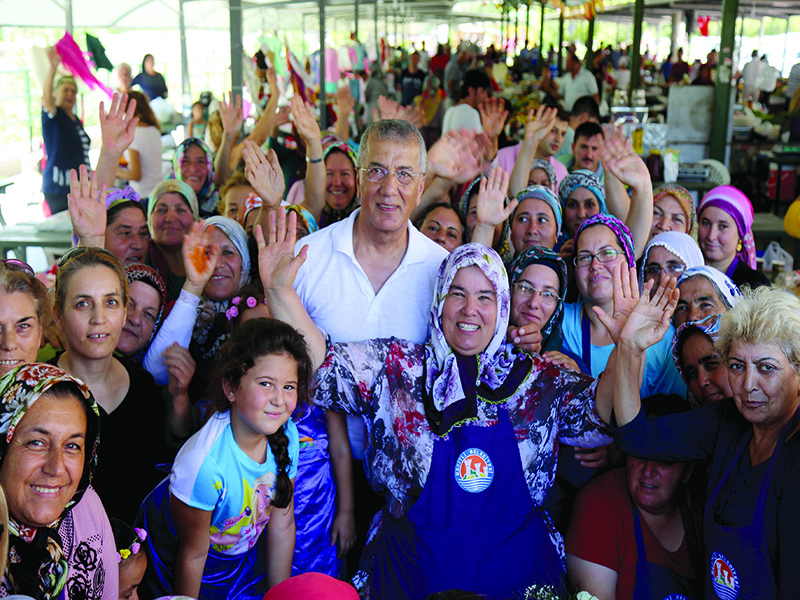
Mezitli Women Producers Market strengthens local women producers by providing them space and support to sell their products. Women are encouraged to be economically active, make their own money and thereby reduce their dependency on their families, male relatives and husbands... +read the full story +watch the interview
Santa Ana, Costa Rica
Santa Ana en Cleta: Active Mobility for Women
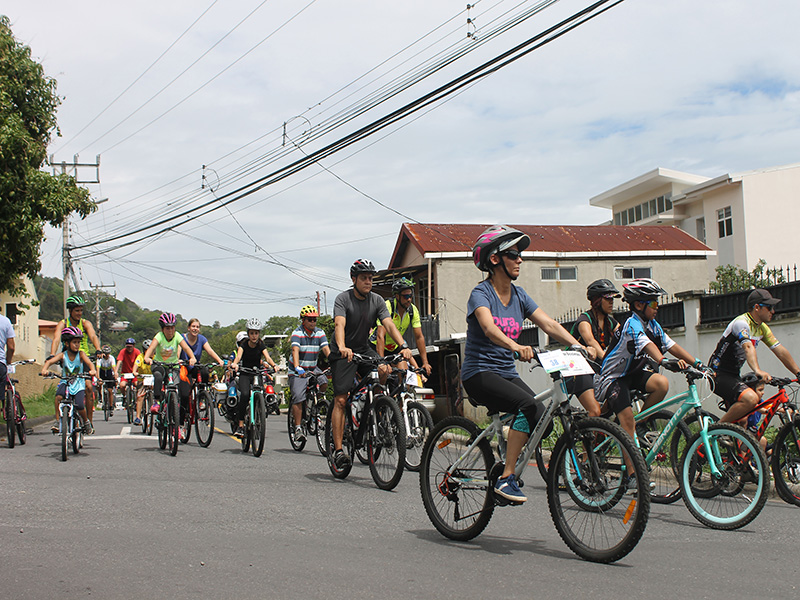
Santa Ana en Cleta is a project dedicated to the empowerment of the local population by teaching women how to ride a bike and how to use it as a means of transport. The initiative sees women as agents of change and aims to transform the mobility and road culture of the city's 57,000 inhabitants... +read the full story +watch the interview
Lulebergaz, Turkey
Sex, Egalitarian Approach and Directives
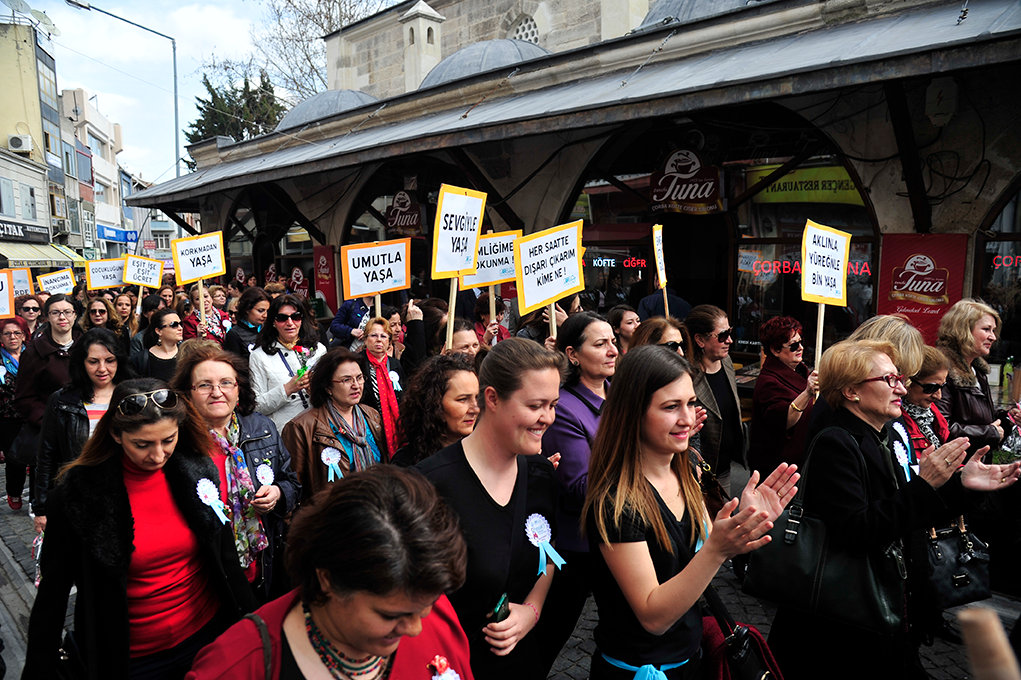
“Sex, Egalitarian Approach and Directrices” is a soft-footed yet radical initiative for women's inclusion and participation in all areas of life in Lüleburgaz City. By giving greater visibility to women's leadership and encouraging women's participation in the Municipality, this initiative has enabled women to go beyond their traditional role as home-makers and use their time and energies in ways that break traditional barriers and benefit women and community directly... read the full story
Umea, Sweden
Gendered City Tour: Challenging Power in Cities
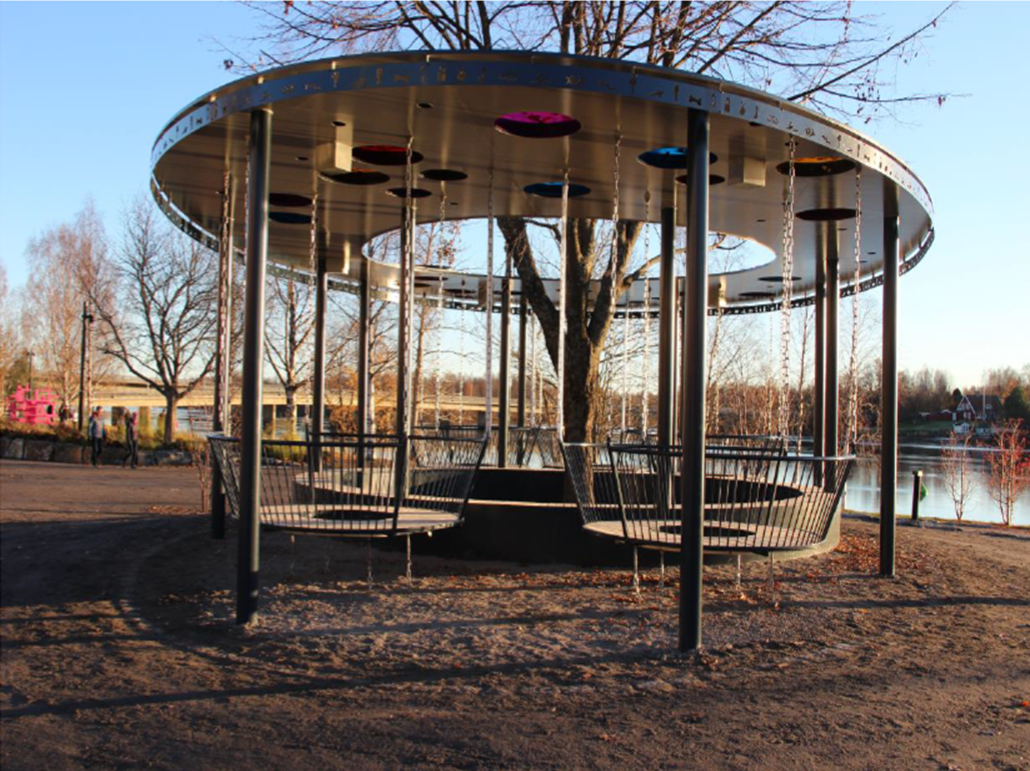
The gendered landscape allows visitors to travel through the city of Umeå. The method exemplifies successful changes and landmarks in the city as well as illuminating remaining issues and challenges in relation to the goals for gender equality. The purpose is also to underline the importance of gender in society and to demonstrate results of a long-term work within Umeå municipality on gender... read the full story
From the Web
Why women matter in urbanism and city planning

In Aotearoa, women make up around 29% of the architectural workforce and only 14% of engineers, but the number of Māori, Pasifika and Asian women working in these industries is much smaller still. From these numbers, only a very slim proportion makes it into senior decision-making positions and therefore have a tangible impact on our urban environment... read the full interview
How technology can empower Indian women in the age of #MeToo
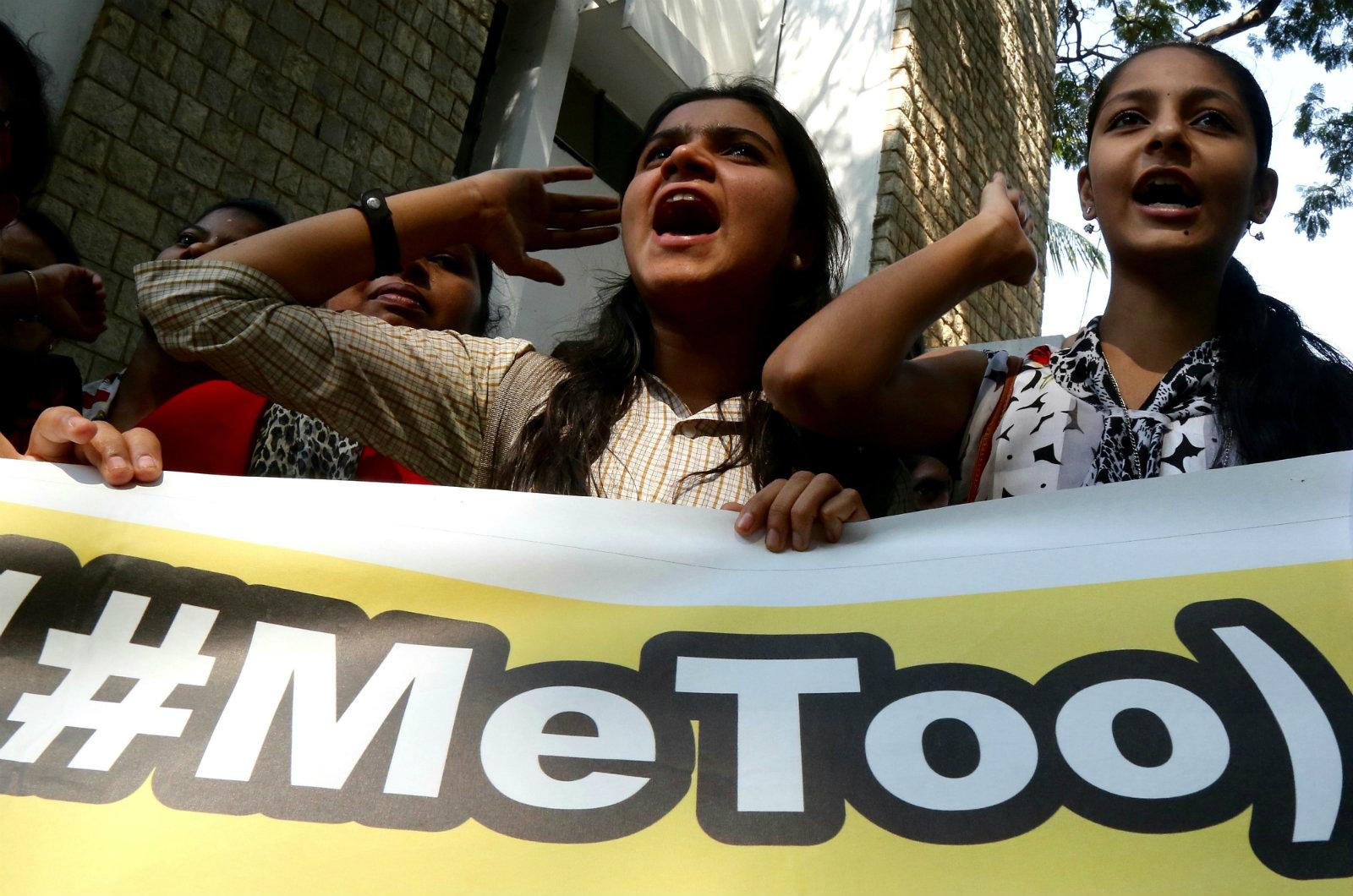
A right to technology is also about developing a society’s capacity to witness violence through technology. This means expanding how violence is seen and heard, from the #MeToo hashtags to the range of social, legal, policy and infrastructural blindspots which enable violence to continue on an everyday basis and be perceived as normal...read the full article
A new way to measure women’s and girls’ empowerment in impact evaluations
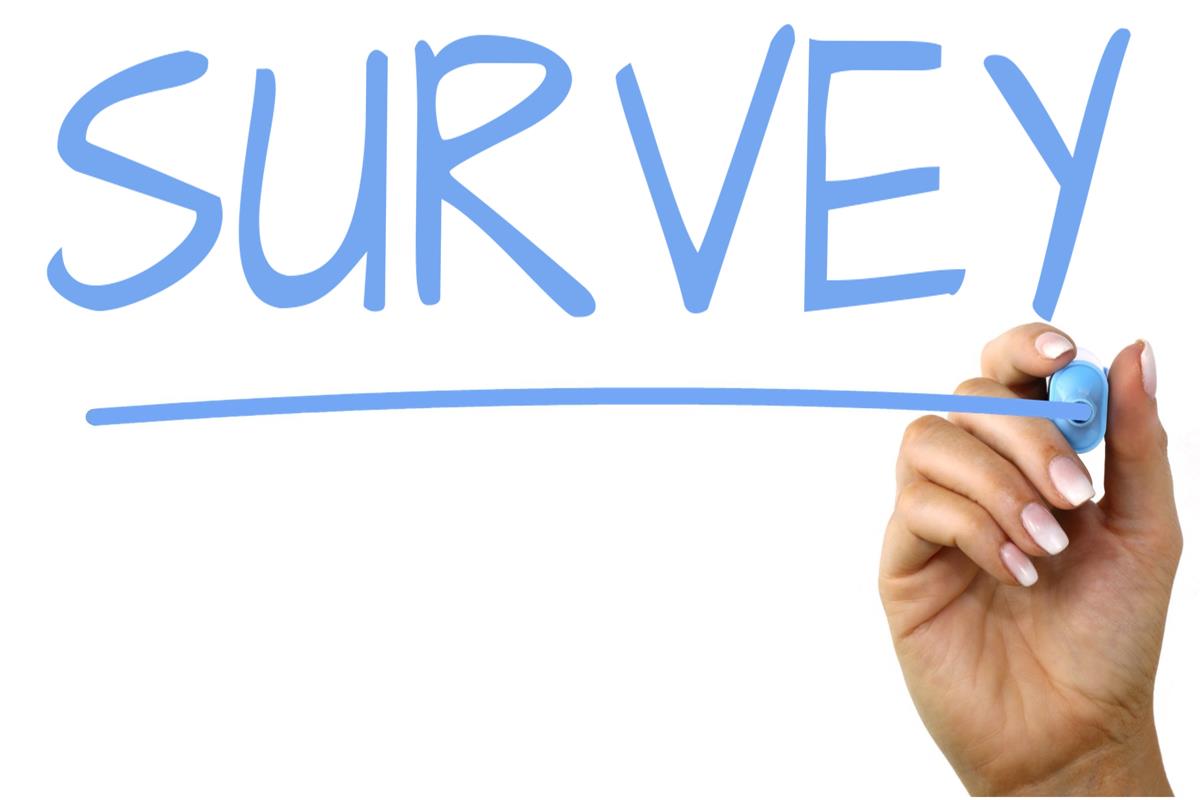
After several focus groups with adolescent girls in Bangladesh they learned that asking the generic question “How far away can you travel from home by yourself?” would not capture how a girl’s mobility was constrained, because the answer depended on what she was doing and for whom. Girls could travel to and from school alone, but they could not travel alone to do things that only had value to them, like going to local fairs... read the full article


 In Focus | World Cities Day: People-Centred Smart Cities
In Focus | World Cities Day: People-Centred Smart Cities City Stories | Fostering community resilience: A lifeline for the Central African Republic
City Stories | Fostering community resilience: A lifeline for the Central African Republic In Focus | Innovative Education, Empowering Futures
In Focus | Innovative Education, Empowering Futures




















 Tel: +86 020 3780 4434
Tel: +86 020 3780 4434 Email: info@guangzhouaward.org
Email: info@guangzhouaward.org Adress: Unit 01-7, 28th Floor, No. 7, Chunrong 3rd Road, Tianhe District, Guangzhou, Guangdong, 510000, PRC
Adress: Unit 01-7, 28th Floor, No. 7, Chunrong 3rd Road, Tianhe District, Guangzhou, Guangdong, 510000, PRC




